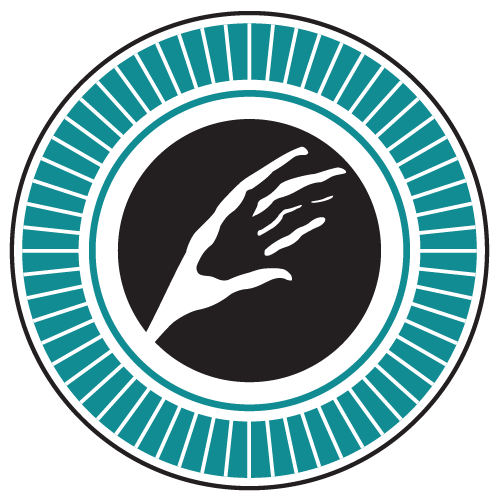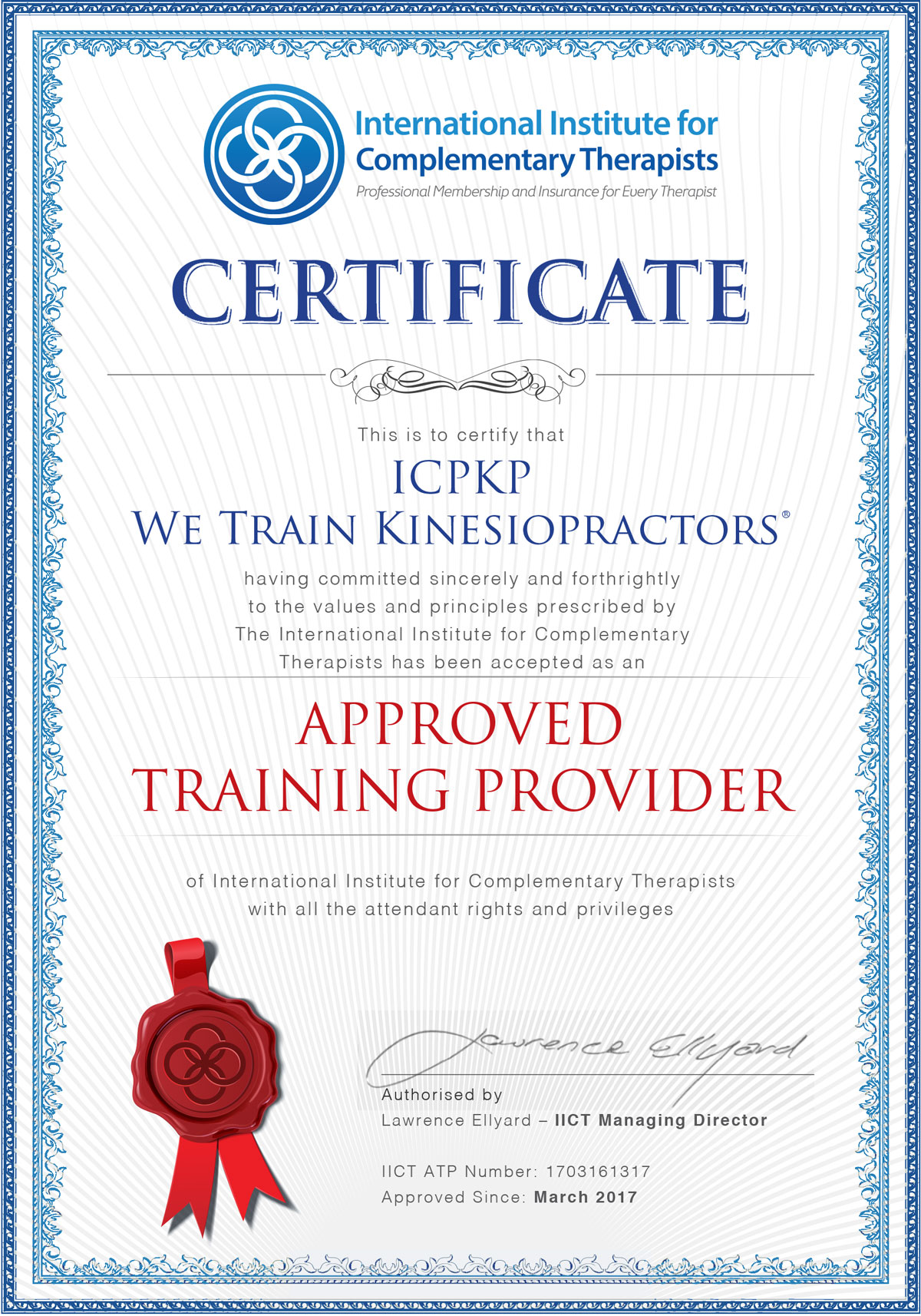MHP302-en
Holographic Reflexes and Perceptions
The holographic representations of foot, hand and face reflexology come under scrutiny in this unit and you will investigate the ancient art of cheirology as an indicator of possibilities in life. You will also cover iridology following the two major schools: Jensen’s approach looking at organ function and inflammatory changes, the Rayid approach looking at life patterns and relationships. You will explore both these options from a PKP perspective.
The holographic awareness of muscles, organs and whole body image are discussed and you will learn various energy balancing techniques to defuse stress in this respect. Distortions in face, body and even toe shape are explored and de-stressed. You will be taught to use an holistic awareness of the holographic nature of trauma memory to defuse complex trauma memories that continue to haunt clients who have followed more traditional approaches.
Finally, the Chinese understanding of yin and yang is explored and applied in relation to the processing of self-awareness, self-discipline, self-exposure, or self-motivation.
Once you have completed this unit you will be able to use holographic reflexes (foot, hand, palm, face, ear), holographic perceptions of muscles and organs, memory and emotional patterns; and the PKP approaches to iridology.
Elements of Learning:
- Holographic reflexes foot (foot reflexology) – SF #61/2b, e
- Holographic reflexes hand & palm (hand reflexology & cheirology) – SF #7a,b,d,e
- Holographic reflexes face – SF #6b
- Holographic perceptions of muscles – Sp #14a
- Holographic perception of organs – Sp #14b
- Holographic memory patterns / awareness – Sp #13c-d
- Holographic whole body – Sp #14c
- Yin-yang processing – Sp #6c + f
- Iridology – holographic eye patterns – SF #71/2b, e
- Emotions on the body – SF #81/2d
- Emotions on the face – SF #81/2e
- Emotions on the feet – SF #81/2f
- Utilise all techniques learned to date within the PKP Balancing Protocol
Prerequisites:
- MHP 9.301

